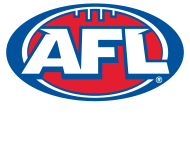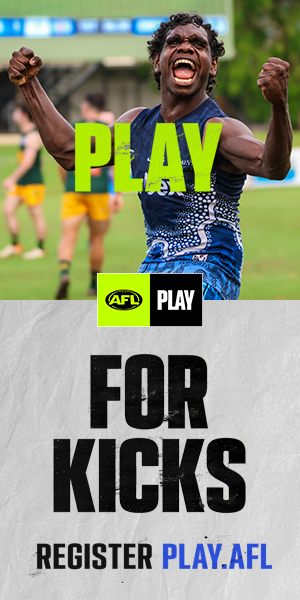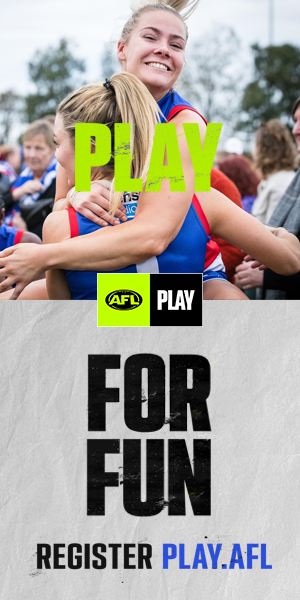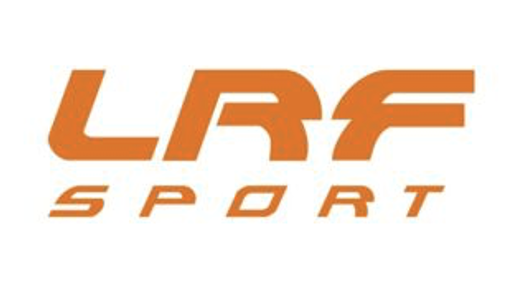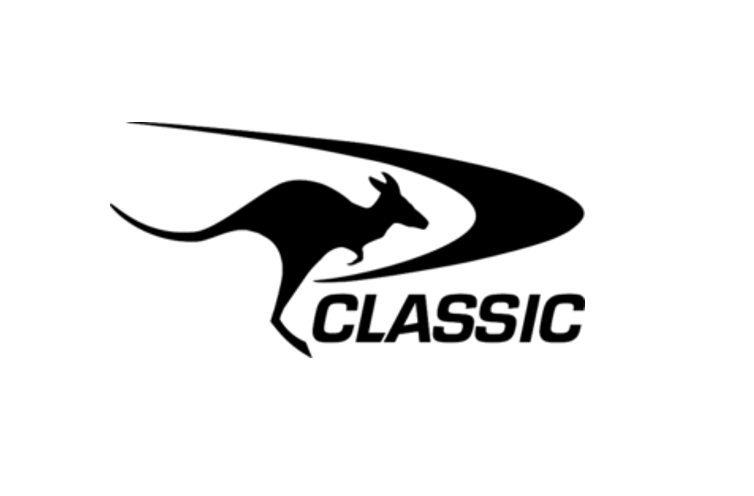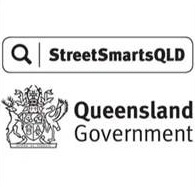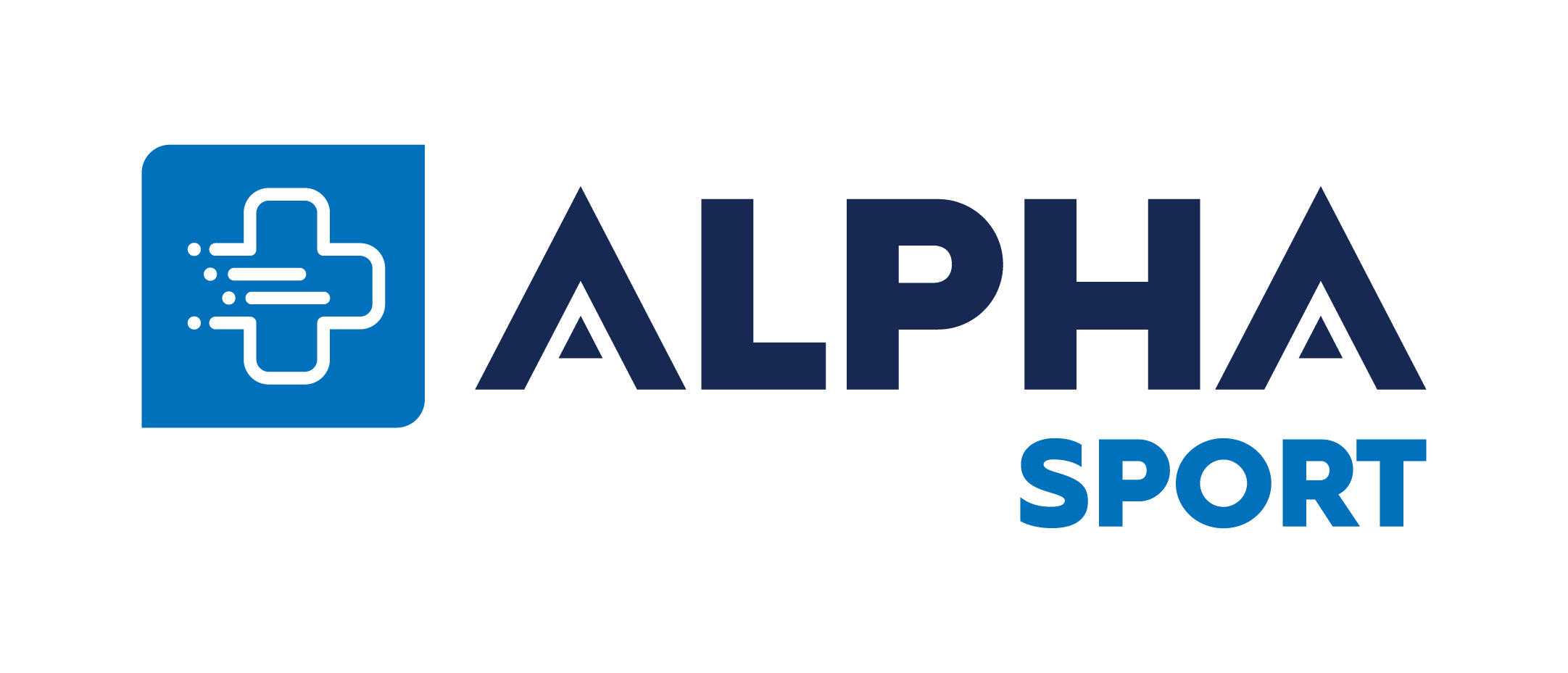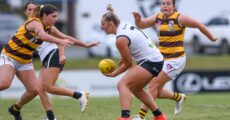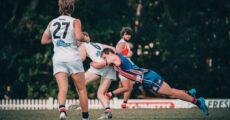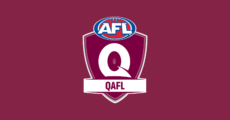It’s a curious misnomer in football that Che Cockatoo-Collins is not a Queenslander. Just ask him. Born in Brisbane, he moved to Cairns at three and played his early football with the Cairns United, now Cairns City Cobras, at what is now Cazalys Stadium. These days he lives on North Stradbroke Island and works in the Brisbane CBD. He’s as Queensland as the Gabba and proudly so.
Moreover, the 160-game Essendon and Port Adelaide star is an Indigenous Queenslander and an AFL pioneer for his people. Not only was he the first Indigenous Queenslander to play at the elite level but he is the senior member of the state’s only family that has produced three AFL players. His younger twin brothers Donald (nine games) and David (two games) played at Melbourne, and after being drafted together they even debuted together in Round 1 1996.
The Cockatoo-Collins trio are three of 12 Indigenous Queenslanders to play at AFL level, alongside Jarrod Harbrow, Charlie Cameron, Courtenay Dempsey, Mark West, Rhan Hooper, Albert Proud, Rex Liddy, Peter Yagmoor and Keidean Coleman, whose brother Blake is awaiting his chance.
It might easily have been more and the Cockatoo count may have been not three but five because even before Che began his AFL journey, brothers Robert and Rodney Cockatoo (Che’s uncles and his mother’s younger brothers) were prized North Melbourne signings in 1984 from Cairns United, where they’d played in 1982-83 premierships and coached by Denis Pagan.
It was big news in Cairns when North heavyweights Ron Joseph and Lawrie Dwyer along with Jim Krakouer, flew to Cairns to recruit the young stars after several rival clubs had also shown interest, particularly in recruiting Robert who was selected in the 1983 All Australian Teal Cup team. Bob Ansett, founder of Budget Rent-a-Car and North president at the time, even provided a bus to transport them and their gear to Melbourne.
It’s a proud heritage. Che’s father Les Collins, hails from Cherbourg and was a champion rugby league player in Cairns and who won the Gold Medal for the Cairns League best and fairest. Che’s mother Frances Cockatoo, whose parents moved to Cairns after coming from the communities of Mapoon and Doomadgee, was a champion sprinter.
The Cockatoo part of his surname is derived from his maternal great great grandfather in Cape York, who was known as ‘Old Man Cockatoo’.
Himself named after Argentine and Cuban revolutionary Che Guevara, Cockatoo-Collins played in the Queensland Under 12s side with none other than Michael Voss, and a lad called Brad Thorn, who went on to represent Australia in rugby league and his birth country of New Zealand in rugby union.
Only when his parents split up did Che, his brothers and older sister Jasmin move to Adelaide with their mother, who had two sisters living in the City of Churches. He played initially with Rosewater Under 15s and was zoned to the Port Adelaide Magpies in the SANFL, where he worked his way up from Under 17’s and Under 19’s to Reserves and Seniors.
He played Teal Cup (Under 17’s) for South Australia, captained by Adelaide Crows legend Mark Riccuito, but admits he didn’t play well. While some recruiters dropped off, not Essendon. Noel Judkins, one of the best in the business, kept in touch with Port football boss Bob Clayton, whose early work was fundamental to his club’s entry to the AFL in 1997.
As Cockatoo-Collins tells it, Judkins asked Clayton to tell the aspiring youngster to focus on three specific things over a six-week period – winning his own ball, keeping his feet, and not playing for free kicks. He did and he must have done it well because a few months later, when he arrived for summer training, he got some big news from Port legend Mark Williams, who was back at Alberton after playing at Collingwood and Brisbane. Cockatoo-Collins had been drafted by Essendon.
“We didn’t have a phone back then so I didn’t know until I got to training the day after the draft,” he recalls, having been taken by Essendon with pick #42 in the 1992 AFL National Draft.
Among 156 first-time draftees in the AFL Class of 1992, only 14 played more games than Cockatoo-Collins’ 160, and only three topped his 215 goals – Coleman Medallist Scott Cummings (349), Nick Holland (239), and Craig McRae (232).
That was despite the fact he gave other draftees a 12-month head start after his mother initially refused to let him move to Essendon. “I was only 17 and she wanted me to play a full season with Port Adelaide (in the SANFL) first. I really wanted to go but I knew why. It was the right decision,” he said.
He played the 1993 season under Magpies legend John Cahill, who had coached Collingwood in 1983-84 and would later take charge of Port in their first two years in the AFL in 1997-98. “Jack taught me how to play wing and put time and care into my understanding, so I always saw myself as a wingman,” he said.
He progressed so quickly that in June 1993, he played for a combined Queensland/Northern Territory State of Origin side that beat Tasmania 16-14 (110) to 10-13 (73) in Hobart. Captain Jason Dunstall kicked eight and ex-Bears youngster Tony Lynn, then playing with Central Districts in the SANFL, did enough to earn a second chance at Carlton.
But even before then, Cockatoo-Collins’ Queensland heritage had been confirmed when his mother received a call from South Australian football authorities who wanted to consider him for an upcoming game against Victoria. He would have loved the chance to play with Stephen Kernahan, his long-time hero, but the family said otherwise. He was a Queenslander.
When eventually he moved to Melbourne, Cockatoo-Collins boarded with Essendon fan Kerry O’Dwyer and her kids. “She’s a lovely lady – we’re still friends today,” he said. He lived for a while with fellow Port product Gavin Wanganeen before doing as his mother always wanted him to do – he bought his own house at 22.
His AFL debut under the great Kevin Sheedy was a beauty. Playing against West Coast at the MCG in Round 1 1994 as Shane Bond debut for the Eagles, he had 21 possessions and kicked a team-high three goals in a three-point win.
He hung on every word of teammates like Gary O’Donnell, whose #10 locker was next to his own #9, Mark Harvey and Michael Long and he always sat in the front row in team meetings. “Sheeds hated people who tried to hide,” he said.
After five years and 85 games at Essendon, including two pre-season premierships and an AFL finals debut at the Gabba in an epic one-point Brisbane win in 1996, he was traded to Port at the end of 1998. “Sheeds thinks he traded me but I told ‘Choco’ (Williams) I wanted to go home,” he said with a laugh.
He debuted for Port in Williams’ first game as coach in Round 1 1999 at the SCG against Sydney, where a young Adam Goodes was making his AFL debut. He played finals with the Power in 1999-2001-02-03, and in his best season in 2001, he played 22 of 25 games and kicked 41 goals to finish seventh in the club best and fairest. But a loss to Collingwood in the 2003 preliminary final, which denied him a grand final appearance against Brisbane, was the end of the AFL journey.
He played two more years with Port in the SANFL in 2004-05 and two years with United in the Adelaide Plains Football League in 2007-08 while charging into life after football.
He studied politics and Government operations and was a policy advisor on Indigenous matters for South Australian Premier Mike Rann – “a good Port man” – who was responsible for the upgrade of Adelaide Oval ahead of the AFL’s return in 2011. He later worked in Aboriginal engagement with Santos Ltd and in 2008 was married to make official a relationship which had had an unusual beginning.
As the ‘Deadly Vibe’ magazine in 2004 tells us, when Che had first spotted a photo of the then Delvene Parkin after she’d been named ‘Miss Aboriginal Australia’, he decided she was the one for him. But he lived in Melbourne at the time, and she was a Queenslander.
As the report went, he’d tried to ask her on a date through one of her work colleagues, who happened to be his auntie, but she said ‘no’. He was too far away, and it was too unrealistic. Fate intervened five years later. Delvene had posed for an all-Indigenous calendar and its producer, Liza Fraser-Gooda brought them together. This time she admitted it was love at first sight and he said more than once “she’s the best thing I’ve ever seen”.
It’s an important part of the story. Delvene, who became a prominent Queensland artist and later designed the medals for the Gold Coast Commonwealth Games, was homesick for the Quandamooka Country on Minjerribah, North Stradbroke Island.
So, at end of 2011, after Cockatoo-Collins organised a transfer with Santos, the family moved back to the beautiful sub-tropical island in Moreton Bay with sons Sachem (now 23), Preston (20) and Stirling (17). Twelve years on, Sachem, a musician, lives in Brisbane, Preston lives in Adelaide and Stirling lives with his parents on Stradbroke and plays rugby league and rugby union.
Preston is playing with the Port Adelaide Magpies in the SANFL, which is also the football home of Litonya and Laquoiya Cockatoo-Motlap, twins daughters of Che’s sister Jasmin.
Che is a proud Indigenous man and a super-proud family man. And among other things he’s super-proud of his role with Michael MacLean, Gilbert McAdam and good friend Michael Long in Che in assisting the AFL develop Rule 35 otherwise known as the Peek Rule in 1995. At the time it was designed to combat on-field abuse but now has a much wider range of protection from discrimination and racial vilification.
Desperately hoping to see more Indigenous players from Queensland, Cockatoo-Collins is now the Executive Manager, Indigenous Affairs at nbn Australia, and splits his time between head office in the City and visiting Indigenous communities across the state. But wherever he goes there’s no place quite like home. Queensland.
